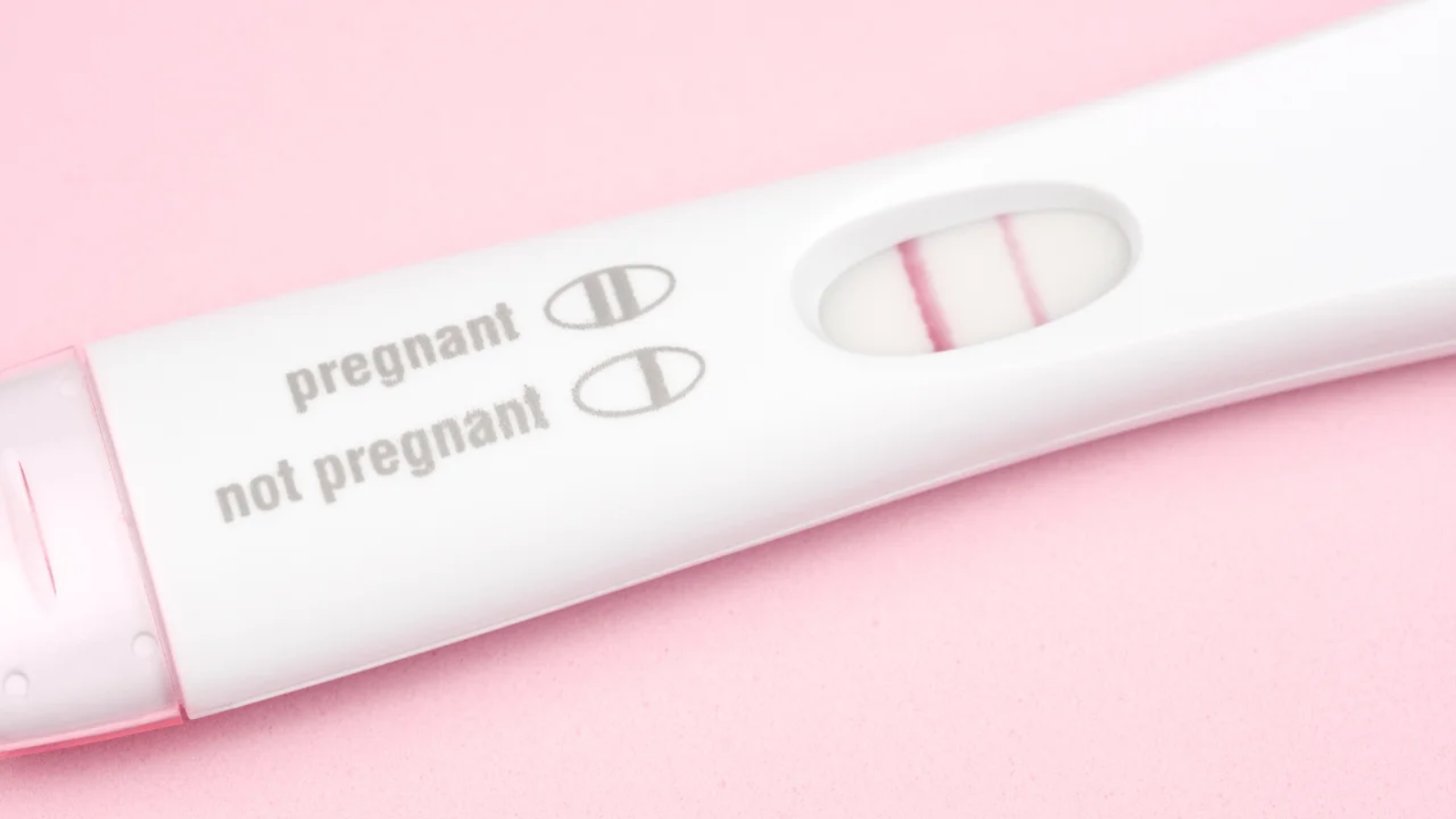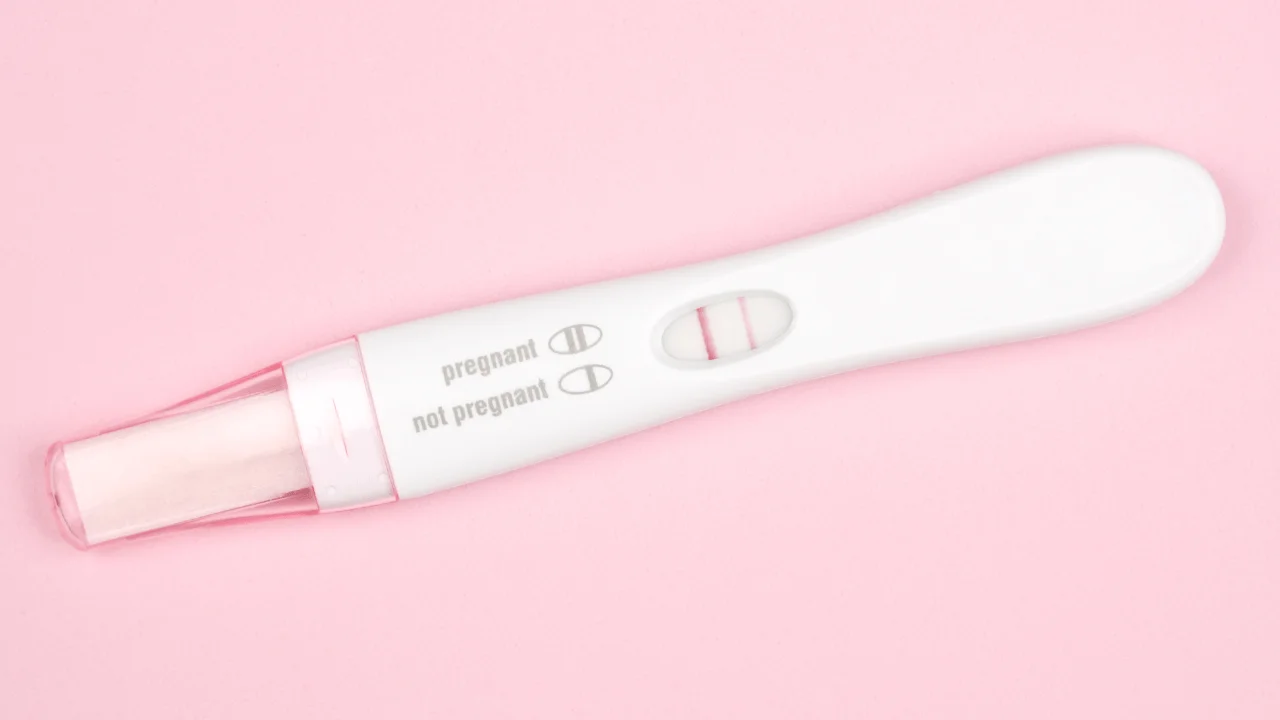
Before you take a home pregnancy test, experts recommend waiting at least until the day you expect your period to start. That’s because by then, if you’re pregnant, levels of the pregnancy hormone hCG will be high enough to measure in your urine. For best results, take a home pregnancy test first thing in the morning when you wake up, before you drink water or another beverage.
How early can you take a pregnancy test?
For the most accurate results, wait until the day you miss your period.
Some pregnancy tests promise accurate results a week after conception. And while it’s technically okay to take a test then, it may be too soon for the tests to determine whether you’re pregnant or not.
All pregnancy tests measure the same hormone – human chorionic gonadotropin (hCG). But when these tests can detect the hormone depends on a number of variables.
Soon after conception, the developing embryo attaches to the wall of your uterus (known as implantation). Before implantation even occurs, the cells that will eventually become the placenta begin to produce and secrete hCG.
As HCG levels rise, it enters the bloodstream, and at higher levels will be excreted in urine. But this takes time, since the fertilized egg must travel into the uterus and implant into your uterine lining. Then, more time is needed still for hCG to become detectable in your blood and urine.
Home pregnancy tests measure the amount of hCG in your urine. So while you could have hCG in your pee a week or so after conception, it may not be concentrated enough to give you a positive result.
The hCG hormone typically doubles every two or three days during the first few weeks of pregnancy (though a slower rise can still be normal). The more hCG in your body, the more likely it is that an at-home pregnancy test will pick it up. If you’re pregnant, waiting just a few days can give your body time to make enough hCG to give a positive result.
But you don’t want to wait too long to test, either. The sooner you know you’re pregnant, the sooner you can decide how to proceed. If you’re continuing your pregnancy, call your provider (or choose a doctor or midwife) to set up your prenatal care.
The best time of day to take a pregnancy test
Wondering whether to take a pregnancy test in the morning or night? Urine is always more concentrated when you first wake up, so most experts recommend taking the test then. Don’t drink water or any other beverage before going to the bathroom. Fluids can dilute the amount of hCG in your urine.
If you need to wait until later in the day to take the pregnancy test, here’s how to make it as accurate as a morning reading.
- Hold off going to the bathroom for at least four hours. That will guarantee more concentrated amounts of urine (and hCG).
- Try not to drink too much water or other beverages. That will dilute the hCG in your urine.
Are some pregnancy tests more accurate than others?
Yes, some tests are more sensitive than others. It’s a good idea to check the box to see how they measure hCG, and when they can first detect a positive pregnancy.
Also, a blood test is more accurate than an at-home pregnancy test, While both tests measure the hCG in your body, the two types of tests differ in how (and when) they discover it.
A pregnancy blood test, usually given by your healthcare provider in their office or at a hospital, measures the amount of hCG in your bloodstream. They’re more sensitive than at-home urine tests, so they can pick up much smaller amounts of the hormone. That means they’re more likely to detect your pregnancy earlier. Blood hCG can be detected as early as six to eight days after ovulation (which is around 6 to 8 days before your period depending on how long your cycles are).
But blood tests aren’t given very often. They’re more expensive, and only a doctor or provider can order them. Your provider may order one if they want to compare hCG levels and whether they’re rising and declining appropriately.
Should you take another pregnancy test?
If you get a negative result, you may want to test again later. You may have tested too early, or maybe you ovulated later than you thought and aren’t far enough along for the test to catch your rising hCG level. It’s also possible you didn’t follow the instructions correctly (hey, it happens) or drank a lot of water and diluted the hCG in your urine.
Since there are so many reasons for a possible false negative result, wait a few days and take another test. Make sure it’s several days after your expected period. Then:
- If you get another negative result and still haven’t gotten your period, call your provider. They may want to set up a visit to see what the reason is.
- If you get a positive result, call your provider. They may want to schedule a visit and give you a blood test or ultrasound to confirm the location and viability of the pregnancy.
- If you get mixed results – a couple of negatives followed by a positive or vice versa – call your provider. They may want to check with an ultrasound to see what might be going on.
In summary, to take a pregnancy test, wait until the first day of your expected period. If the result isn’t what you’re expecting, wait a few days more. And if you have any questions or worries, call your provider.
Read more about






